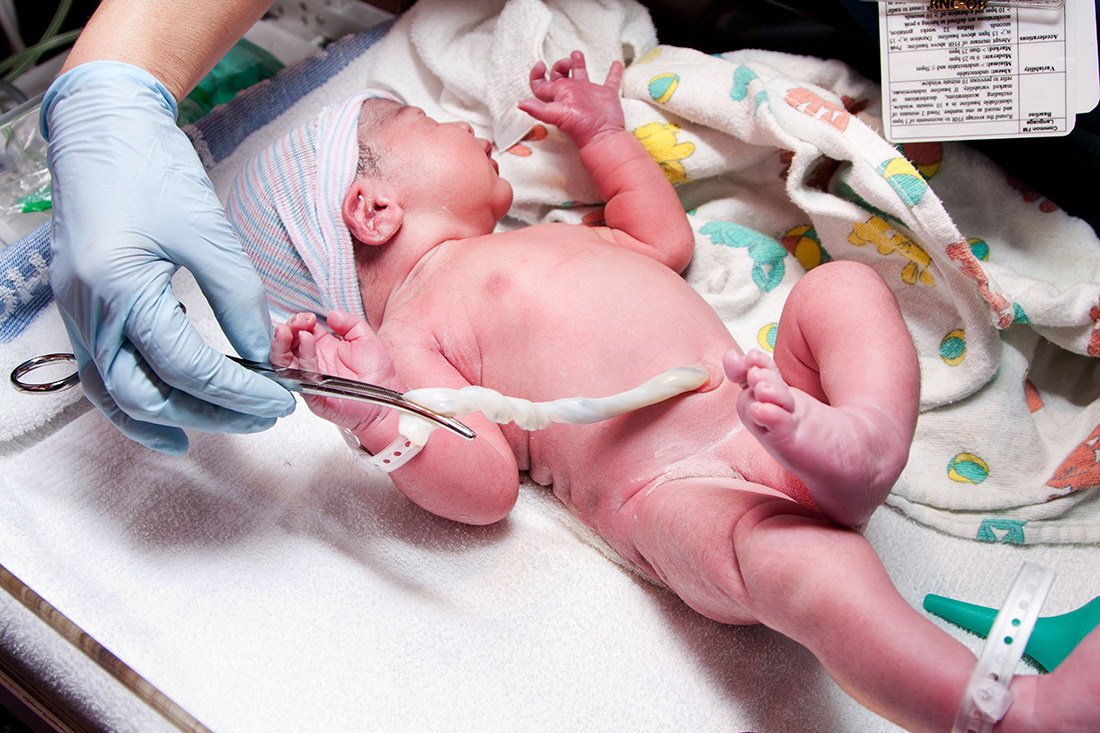lotus birth evidence based info
 Lotus Birth: Is it Safe? Beneficial? Too Extreme? | Mama Natural
Lotus Birth: Is it Safe? Beneficial? Too Extreme? | Mama NaturalFleet Fact Checking Standards Each piece of content in Flo Health meets the highest editorial standards for language, style and medical accuracy. To learn what we do to offer the best ideas about health and lifestyle for you, see .Lotus Birth: All You Should Know About This Neonatal TrendOne of the most common places after delivering a baby in a regular hospital is a doctor who takes over the umbilical cord. In this way, the placenta is separated from the baby's body and the remaining part of the umbilical cord is tied in a knot. This knot will dry and fall very soon after birth, but requires daily cleaning to prevent infections. The birth of lotus is a concept that changes the course of the typical treatment of the postpartum umbilical cord. The birth of lotus is an alternative to regular work during which the placenta and the umbilical cord stay next to the baby after birth. Instead of taking the umbilical cord, the midwife (most of the time after a childbirth) will leave the baby along with its umbilical and pleasant cord. Although the birth of lotus lacks evidence-based information to support the supposed benefits for the baby, it is rooted in the ancient medicinal practices of Asian and African civilization. Traces of lotus birth have been found in the historical record of these societies. At the time before the reliable maternity care that exists today, people sometimes left the placenta together with the baby to prevent infections from having an open wound. As you can imagine, the people of ancient societies could not provide a sterile environment for a newborn, nor vaccinate to protect it from the disease. In some cases, they would choose to leave the umbilical cord unanswered so that the baby did not have an open wound on his body. As medicine progressed, this practice was abandoned. Most of the benefits claims for the birth of lotus relate to the metaphysical concept of preserving the entire baby at birth. However, it is better to adhere to evidence-based medicine (EBM). Here are a couple of other alleged lotus birth benefits: Help the baby adapt to the world outside the belly It is believed that the benefits of lotus birth are also psychological. As the baby enters the world, he experiences what many psychologists claim to be trauma. It leaves a completely safe and balanced environment in which your needs are always satisfied, to enter the world that is shocked by light and noise, and where the baby experiences pain and hunger for the first time. It is said that the birth of lotus facilitates the transition for the baby, as it remains attached to its umbilical cord, with which it spent months touching and playing. Other supposed benefits include better blood circulation for the baby as it receives the rest of the umbilical cord blood. There are also benefits of absorbing the stem cells that are inside the cord. Here are other pros and cons of lotus birth. Pros: You don't need to clean and keep the belly button. Cons: The birth of lotus is associated with many health risks: InfectionFirst, it is a risk of an infection that concerns doctors in regular hospitals, who are strongly discouraging women from this practice. As the umbilical cord and placenta become essentially dead tissue after delivery, they begin to rot minutes after delivery. Having a decay organ linked to a newborn is a risk that, according to doctors, exceeds the potential benefits. Damage to the navel is another potential risk of lotus birth. While the baby is attached to the placenta, it needs to be treated extremely tender. Mothers are instructed to collect and move around the baby only when necessary for the umbilical cord not to break. SepsisThe birth of the lotus carries the risk of infection for the baby, where sepsis is a constant threat. If not monitored closely, a baby with a non-persevering umbilical cord can become septic very easily. The Sepsis is, otherwise, one of the greatest health risks for newborns, as an infection can overcome the newborn's defenseless body within hours. When will the umbilical cord fall if you get a chance? In most cases, the umbilical cord falls within 3-10 days. During this time, both the mother and the baby must remain still for most of the day. The umbilical cord is wrapped in an absorbing tissue, placed in a pot or bowl, or covered with sea salt and herbs. Treating placenta with sea salt and herbs helps to dry faster, which reduces the risk of infection. An absorbent, such as the look or a towel, is necessary to drain extra blood. How to take care of placenta? With the birth of lotus, placenta care is extremely important to reduce the risk of infections. This is what you need to do to take care of the placenta after the birth of lotus: While joining the umbilical cord, the baby needs to get loose, revealing clothes that prevents the tight and agitated cord. Care is advised when breastfeeding and taking the baby. In most cases, the so-called "lotus babies" and their mothers are practically confined to the bed, as the tender umbilical cord and placenta require space and reduce mobility. However, this does not last long. Placenta and the umbilical cord are naturally separated within ten days, which is the time during which the mother must lie and rest for the most part. Summarizing Of all the supposed benefits of lotus birth, two seem to have the strongest impact on parents who consider the option. First, the baby is an easier adaptation to life outside the uterus. Many experts on the topic advocate that the baby will feel more calm when he is still attached to the body that has addressed his needs since conception. Second is the healing process for the mother. As the birth of the lotus reduces mobility for the mother, it promotes slow and patient. Many women feel the urge to be active after giving birth, which does not go hand in hand with postpartum healing. For a mother, rest is vital. Although there are substantial claims of health benefits for the birth of lotus for the baby, there is no evidence of the actual benefits obtained through scientific research. On the other hand, it had been confirmed that the delay had been beneficial to the health of the baby. With this practice, the umbilical cord is joined for an hour after giving birth. This process is perhaps a good alternative to lotus, as it is risk free and is done in a safe and hospitable environment. Most mothers who choose the birth of lotus do so for religious or spiritual reasons. It is believed that the birth of lotus preserves the entire baby. Severing the umbilical cord is, in many cultures, believed to be a very aggression act that disrupts the energy flow inside the baby's body. If the placenta stays with the baby, it will naturally detach and give the baby more time to adapt to this world. Still, there is very little scientific evidence to support these claims. Read the following©2021 Flo Health, Inc.
Human Rights: Infant Rights at Birth by Ibu Robin Lim - Debra Pascali-Bonaro

A word about Lotus Birth - Wait for White

Lotus Birth: Is it Safe? Beneficial? Too Extreme? | Mama Natural

Lotus Birth: No Benefit, Plenty of Risk | Science-Based Medicine

Lotus Birth: A Trend That Doctors Say Has Serious Risks | Austin Family Magazine

Lotus Birth: 7 Reasons Why Parents-To-Be Have One | BellyBelly

Lotus Birth': What Experts Say About Cutting the Cord | Live Science
What Is a Lotus Birth and Is It Safe?

What Are Lotus Births (and Why Are They Trending)? - PureWow

Lotus Births' Are On The Rise, And We Have Questions

Delayed Cord Clamping: Benefits, Risks, and Recommendations

Alternative birthing practices increase risk of infection | MDedge Pediatrics

Lotus Birth: Benefits, Risks, What to Expect, and More

Lotus birth - Wikipedia

This couple opted for lotus birth and decided to leave the umbilical cord on their baby | Hindustan Times
/GettyImages-952682282-a86a704986b34239878b08448242b8a3.jpg)
Lotus Birth' Advocates Leave the Umbilical Cord Attached to Newborn Babies

Lotus Birth: All You Should Know About This Neonatal Trend

Yet Another Way 'Natural' Parenting Dehumanizes Women: Lotus Birth

Lotus Birth: Benefits, Risks, What to Expect, and More

Lotus Births' Are On The Rise

Lotus Birth: What you Need to Know about this New Birthing Trend

8 Reasons NOT To Cut Your Baby's Umbilical Cord | BellyBelly

I Kept My Baby Attached to Her Umbilical Cord for 6 Days | Mom.com

Factsheet – Lotus Birth | All4Birth

Lotus Birth: All You Should Know About This Neonatal Trend
Here's why 'lotus births' are a bad idea, according to experts

Delayed Cord Clamping - Why You Should Demand It | BellyBelly

Lotus Birth: Is it Safe? Beneficial? Too Extreme? | Mama Natural | Baby umbilical cord, Birth preparation, Water birth

Pin on Medicine - Birth

Evidence Based Birth® on Stitcher

People I Want to Punch in the Throat: Lotus Birth Bags

Lotus Birth: All You Should Know About This Neonatal Trend
PDF) Medico-legal considerations on "Lotus Birth" in the Italian legislative framework

Lotus Birth: Benefits, Risks, What to Expect, and More

Lotus Birth: Benefits, Risks, What to Expect, and More

A lotus birth is leaving a newborn attached to a decomposing placenta | Dr. Jen Gunter

Induction Experiences: What no one told me, an induced birth story | She Births Bravely

4You | All4Birth
Lotus Birth (Another Treatment of Cord Care) - Natural Islamic Midwife

Lotus birth tra rischi e credenze non evidence based
Posting Komentar untuk "lotus birth evidence based info"